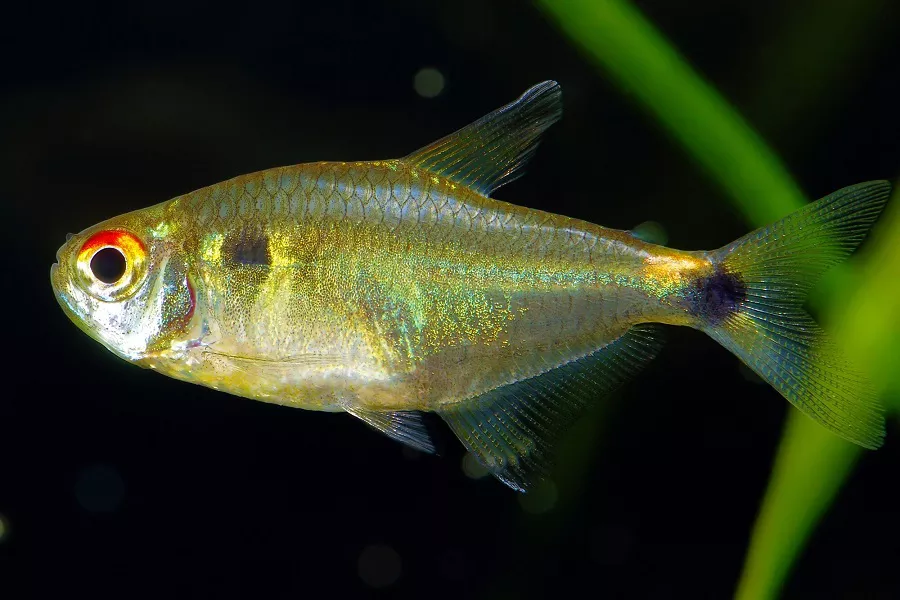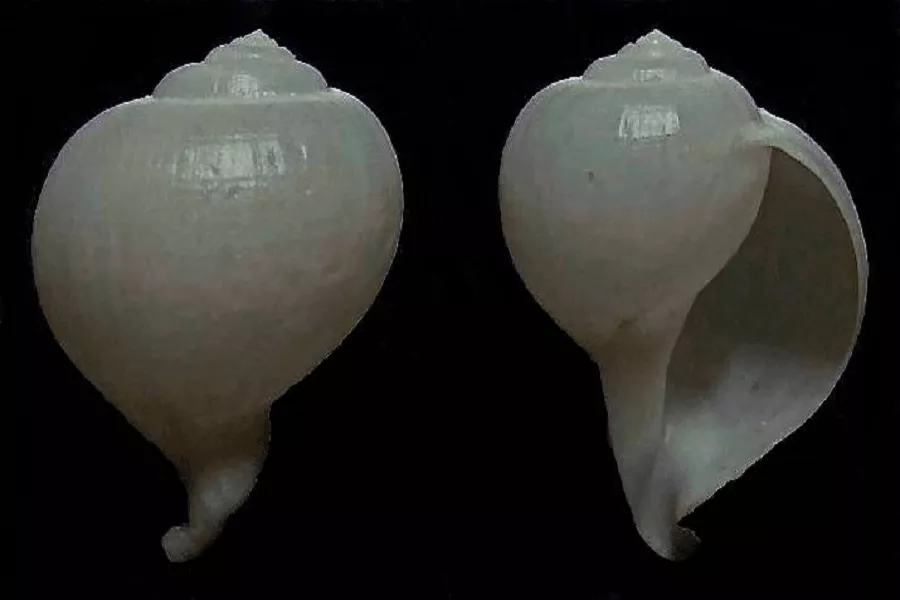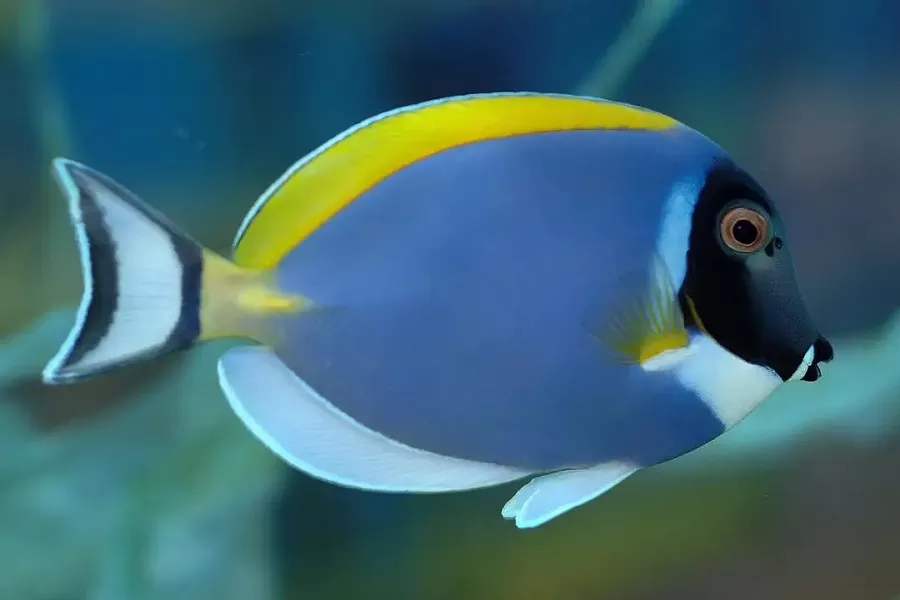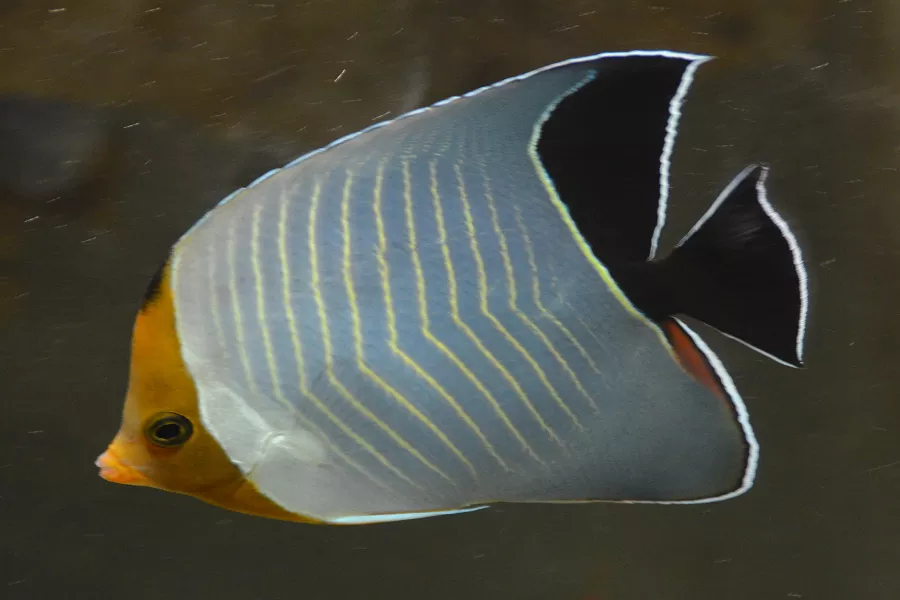What is cichlasoma?
Cichlasoma, belonging to the suborder Perciformes and the family Cichlidae in the order Perciformes of the order Bonefish, is a carnivorous or omnivorous fish. The body of the cichlid fish is oblong with a flat side, generally anterior to the mouth, and the upper and lower jaws are conical. They mainly live in pure freshwater or brackish waters. The broodstock of the cichlid fish all have the behavior of guarding their young. When breeding, some are mouth-brooding, and some are digging nests in the sand to lay eggs.
What does cichlasoma look like?
Cichlasoma is colorful, graceful and graceful. The fish is about 15-20cm long, with a flat body, and rainbow-like red and blue stripes are twisted all over the body, like a huge agate. The dorsal and pelvic fins of cichlids are also particularly developed, and the patterns on the body can extend all the way to the fins. The tail is fan-shaped, colorless and transparent. Cichlids prefer weakly acidic and soft water, and secluded waters with lush water plants and stacked rocks and rocks are ideal habitats.
cichlasoma living habits
Most of the nostrils of fish are composed of “U”-shaped tubes. There are two holes on each side of the head, and only one hole on each side. The dorsal fin is very long. Rapid, prefers to grow in still or slightly flowing waters. Most of them are reckless and aggressive, feeding on the weak and rejecting others, especially male fish in the breeding season. Big fish must not be mixed with small fish.
cichlasoma rearing
Feeding cichlasoma is a very important aspect. Improper diet can easily cause ascites, enteritis and other diseases, which are life-threatening. The food of cichlids is best based on natural food, such as frozen brine shrimp, and should not be fed with hormone-containing feed, otherwise it will be difficult for the fish to grow natural colors. The general feeding principle is “do not support the right amount”, the fish are very resistant to hunger and are afraid of being full.


























